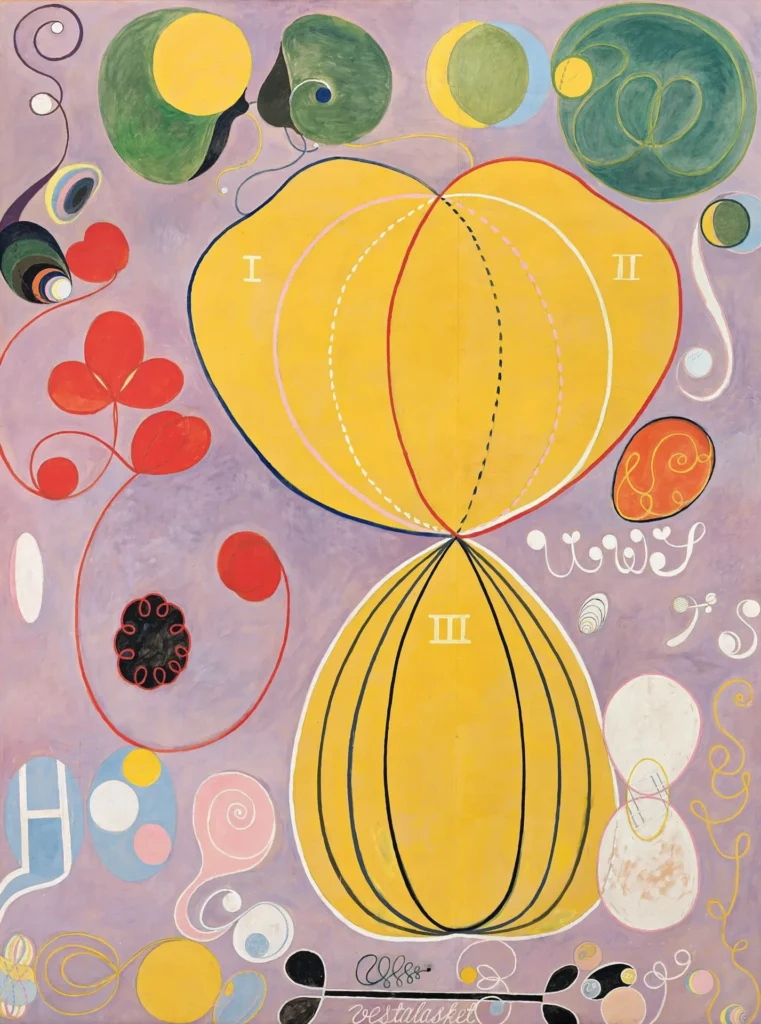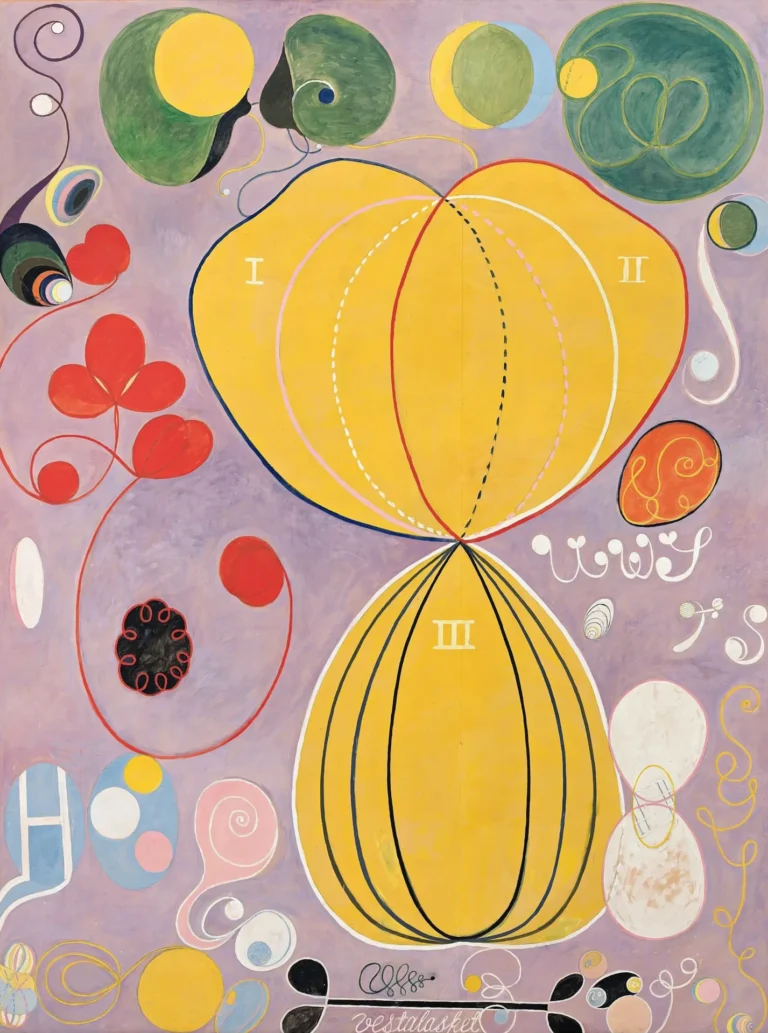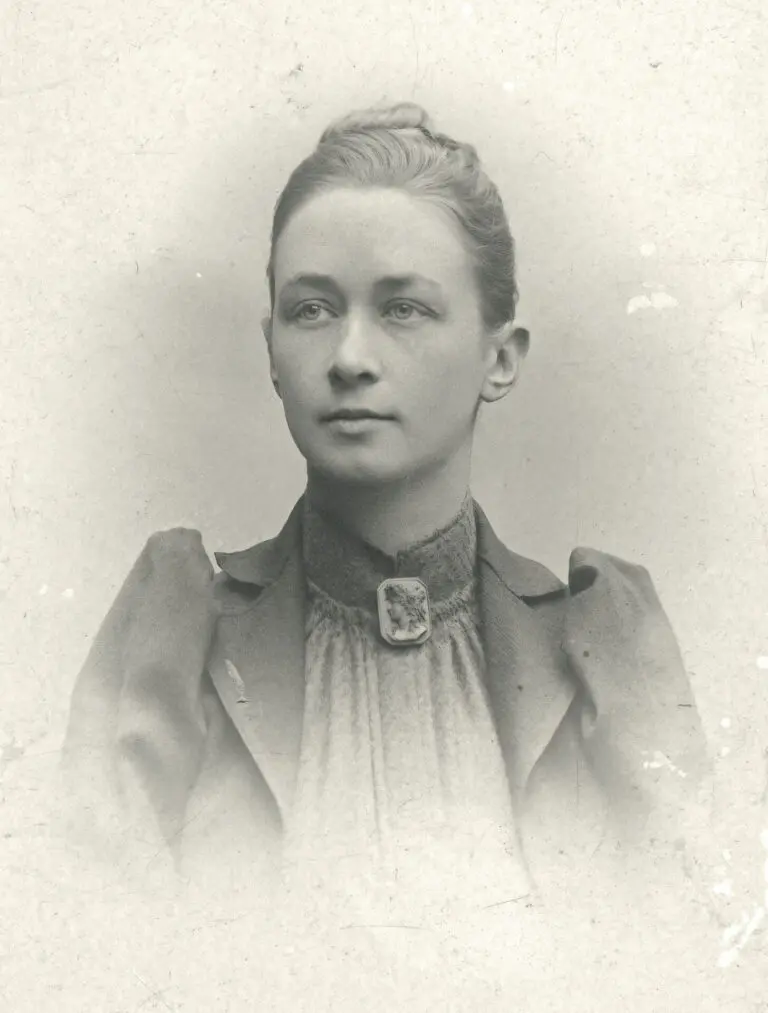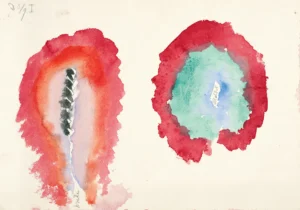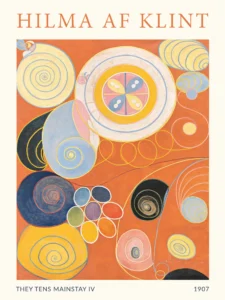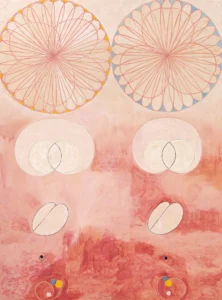Group IV, No. 7, The Ten Largest, Adulthood (1907)
Created in 1907, Group IV, No. 7, The Ten Largest, Adulthood is a striking example of Hilma af Klint's visionary artwork. Measuring 315 x 235 cm, this tempera on paper mounted piece combines organic forms with abstract elements, reflecting the human experience of adulthood. Af Klint's pioneering exploration of spirituality and theosophy predates well-known abstract movements and labels her as a crucial figure in modern art. Rediscovered decades after her death, this painting has gained widespread recognition for its innovative style and profound themes.
Year 1907
About the Artwork
Hilma af Klint was a trailblazing artist who delved deeply into spiritualism and theosophy, profoundly influencing her artistic output. Group IV, No. 7, The Ten Largest, Adulthood forms part of her ambitious series that aimed to portray the stages of human life through a unique lens. Af Klint believed that her paintings were guided by higher powers, and this specific work reflects her commitment to conveying spiritual truths through abstract forms. Created in the context of early 20th-century societal changes, this painting challenges traditional boundaries of art, using organic and fantastical imagery to illustrate adulthood, marking a significant shift towards abstraction well before the movement became mainstream. Its historical significance has only been fully appreciated posthumously, cementing her legacy as a precursor to the abstract art movement.
Did You Know
Hilma af Klint is often credited as one of the first abstract artists, creating works that predate notable movements led by artists like Wassily Kandinsky and Robert Delaunay, even though her contributions remained largely unrecognized during her lifetime.
Af Klint’s artwork was deeply influenced by her engagement with spiritualism and theosophy. She believed that these forces guided her artistic process, leading to the creation of her unique visual language.
The ‘Ten Largest’ series encompasses four stages of life, with ‘Adulthood’ being dedicated to the exploration of human development and experience during this pivotal stage, showcasing af Klint’s innovative approach to symbolic representation.




